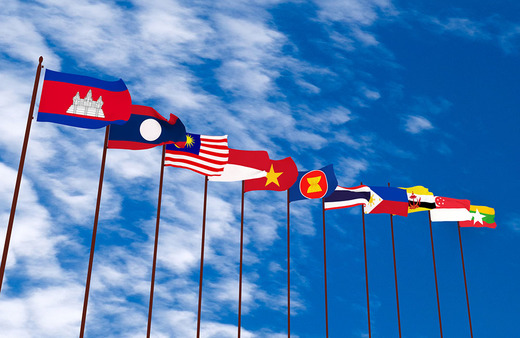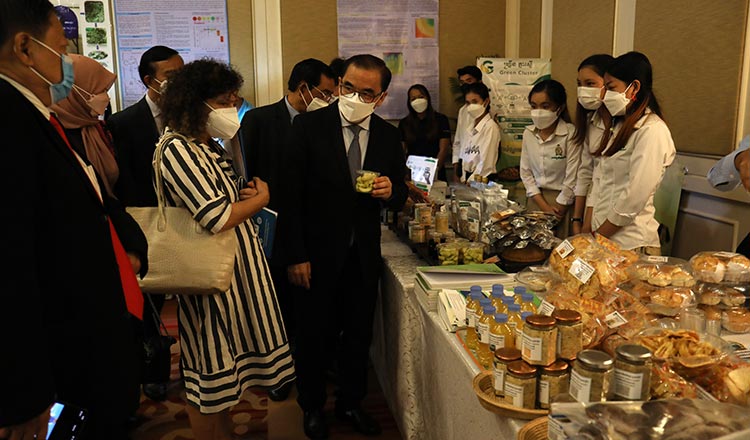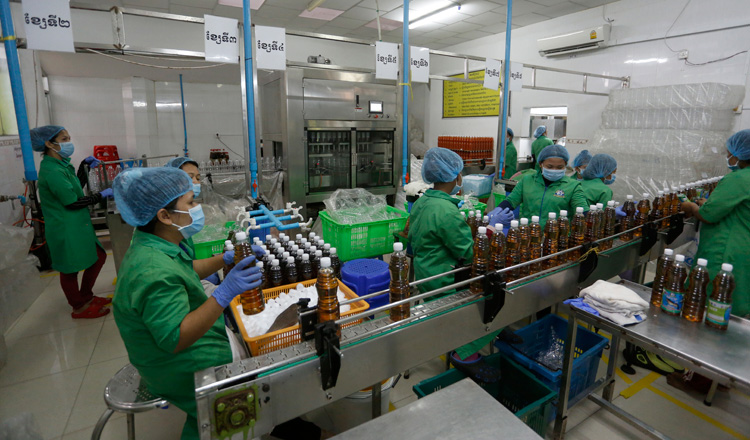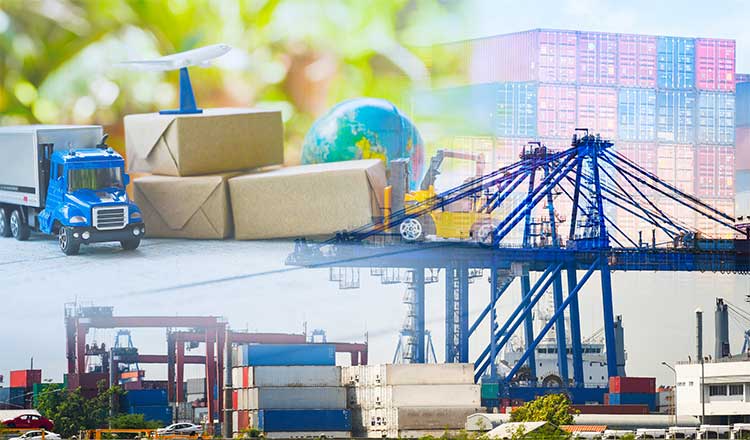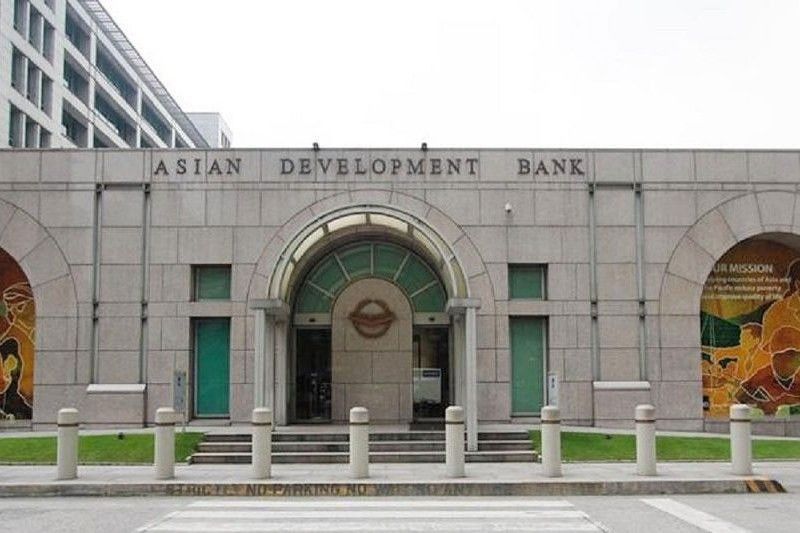The Straits Times published a commentary by Ruchir Sharma, formerly chief global strategist at Morgan Stanley, chair of Rockefeller International, on how slower growth and higher inflation are hallmarks of a post-COVID-19 world. A hot spurt for global growth is generating breathless headlines. India is on pace to be "the world's fastest-growing large economy" and France is posting its "strongest growth in 52 years". President Joe Biden cites the latest quarterly growth data as evidence that the US economy is growing "faster than China's" for the first time in two decades and is "finally building an American economy for the 21st century". Alas, 2021 looked so good only because so many economies contracted sharply the year before. This bounce-back blip says nothing about the 21st century. The question is how fast economies can grow after the pandemic, once base effects fade and stimulus recedes. Trends in demographics and productivity suggest the global economy is likely to grow even more slowly in the 2020s than it did in the last decade.
A brief history shows why. After the Second World War, the baby boom nearly doubled global population growth to 2 per cent, a historic high. Productivity growth tripled to around 2 per cent, boosted by new technologies and a massive investment boom. With more workers, each producing more, global gross domestic product growth also doubled to an unprecedented level, close to 4 per cent. The postwar miracle was in full swing by the 1950s. In the 1980s, cracks appeared. Population growth ebbed as fertility rates declined. Productivity growth started to slow, for a number of hotly debated reasons. But new forces emerged to keep the growth miracle era alive. First, a debt boom. With inflation under control, central banks could slash interest rates to record lows, while financial liberalisation allowed for much more lending and borrowing. Second, a new free-market consensus opened borders to trade, money, workers and, later, data. Juiced by debt and globalisation, global gross domestic product kept growing at nearly 4 per cent. The financial crisis of 2008 marked a major turn. Flows of trade and people slowed; flows of money collapsed. Only data flows carried on growing. Global productivity growth fell back towards 1 per cent, even as labour-saving digital technology continued to spread. With a predictable lag, falling birth rates started to cramp growth in the working population (aged 16 to 64), which has dropped from 1.5 per cent to about 1 per cent.
That was why the global economy grew at barely more than 2.5 per cent a year in the 2010s - the slowest decadal pace in postwar history. The four "Ds" - depopulation, declining productivity, deglobalisation and debt - all weighed on growth. The pandemic has only magnified those factors. The virus triggered a baby bust, a migration bust and a wave of retirement and quitting that is adding to the pressures of depopulation on growth. Though productivity typically surges early in a recovery, this time it continued to languish in many economies. As governments spent heavily to counter national lockdowns, debt levels hit new highs. But now, as interest rates head higher, borrowers of all kinds will be reluctant to take on more debt to fuel growth. The deepening impact of the four Ds suggests the trend towards slower growth will continue.
High-income countries such as the US that still aim for 3 per cent annual growth will be lucky to top 2 per cent in this decade. Lower-income nations such as India need to lower their benchmark for success from 7 per cent to 5 per cent or better. Complicating this picture is that inflation has returned, driven by temporary supply shortages and heavy stimulus, but likely to be sustained by shrinking labour forces and rising wages. With inflation back, policymakers will no longer feel empowered to keep growth alive with constant doses of stimulus. Investors, who have grown accustomed to central banks propping up markets at the first sign of trouble, will need to wean themselves off the comforts of constant state support. Rather than hyping a temporary spike in growth data, it is time to recognise that a post-pandemic world shaped by the four Ds is likely to result in even slower growth and higher inflation.
Source: The Straits Times
Date: 14 February 2022
Link: Here



